For a person who is knowledgeable about felines, it’s a well-known fact that cats are the masters of hiding pain. Cats are stoic in this way…although they might have a hissy fit should they be able to see the bottom of their food bowl! But more times than not, they keep their pain disclosed from their humans. And because of their nature, often times cats’ ailments go undiagnosed until it’s progressed significantly. It seems a new study suggests the implementation of grimace scales for cats. But as always, cats will decide what it is they will and will not reveal when it comes to what they’re thinking or feeling.
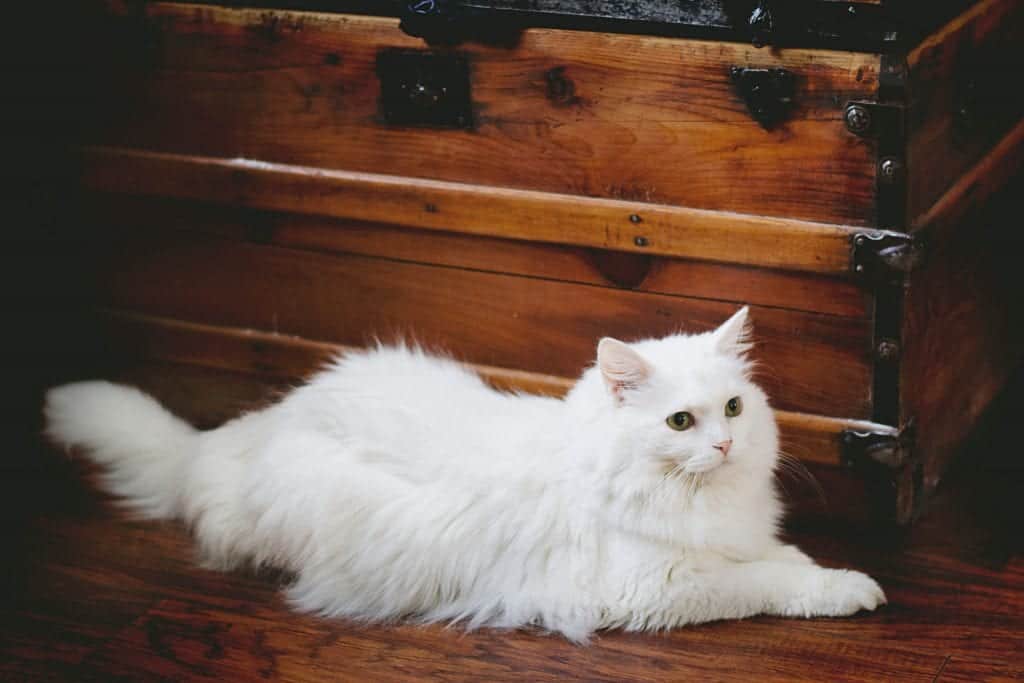
The grimace scale (GS), sometimes called the grimace score, is a method of assessing the occurrence or severity of pain experienced by non-human animals–according to objective and blinded scoring of facial expressions.
Do you believe that the windows are the eyes to the soul?
One recent study suggests that cats will hide their pain, but that we might be able to detect when they are experiencing pain due to subtle clues in their facial expressions.
If you’ve ever found yourself in an emergency room or a hospital setting as a patient, you might remember the pain scale charts they have handy. Obviously our cats cannot look at us and say, “Oh man, I’m like a 7 right now.” Therefore, we must keep a close watch and try and basically read their minds 99.9% of the time. Easy, right?!

A recent study decided to take a look at “grimace scales” in cats to see if a cat can give off clues that they are experiencing pain, given their facial expression.
News on the study was recently shared by ScienceAlert.com. And it tells that researchers wanted to uncover if cats, like many other domesticated animals, hide signals to their pain in their facial expressions. The grimace scales mentioned above have been used for a range of domesticated animals before this specific study, including rats, sheep, piglets, ferrets, horses, and rabbits.
And, just as they discovered cats do, these species of animals studied show signs of pain in their face which registered on the grimace scale.
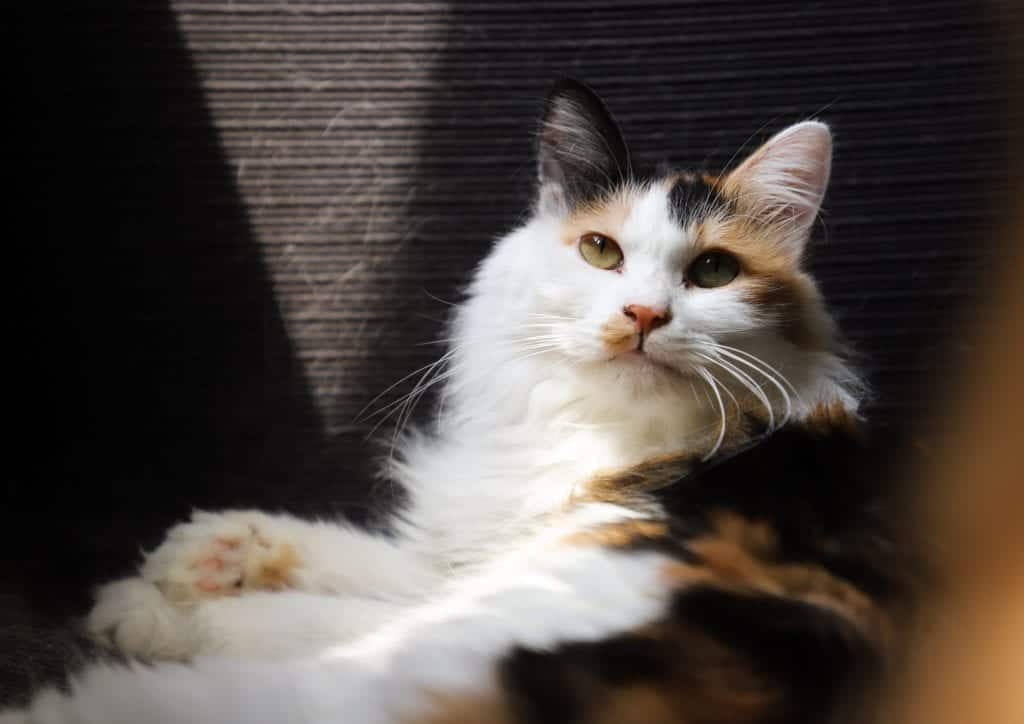
Characteristics which registered on the feline grimace scale include:
- Eyes narrowing, increasingly becoming squinted
- Tension appearing around the nose, mouth, and cheeks
- Ears begin to flatten gradually, depending on the level of the grimace scale registered
The difficulty is with cats, many have unique facial structures. Such as the long-nosed oriental shorthair compared to a flat-faced brachial Persian.
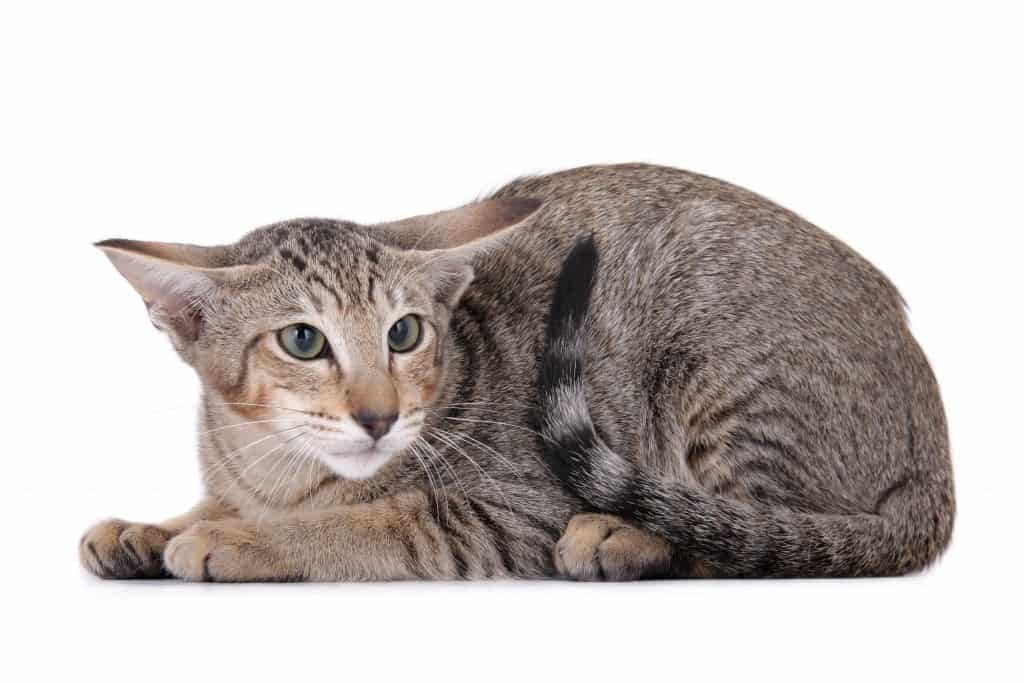
Something else interesting suggested, is that cats are notorious for hiding their pain just as their closest ancestors did. A cat is a predator by nature, and not one to show signs of weakness. Although the DNA is much different, a big cat in the wild, such as a lion for example, must often partake in territorial battles with other lions, as well as other species, so it is necessary for their survival to draw their feelings inward.
Cats are calculated beings. Aside from the times when they become startled. And then react by way of jumping or running off from what they’ve perceived as imminent danger. So, for us cat owners, we must keep a watchful eye for these subtle pain clues. If only we could speak meow, life would be so much simpler!
If you’d like to read the official study in its entirety, you can do so here.
REMEMBER: ADOPT, DON’T SHOP; FOSTERING SAVES LIVES & SPAY AND NEUTER!
Related Story: 7 Signs Your Cat Is In Pain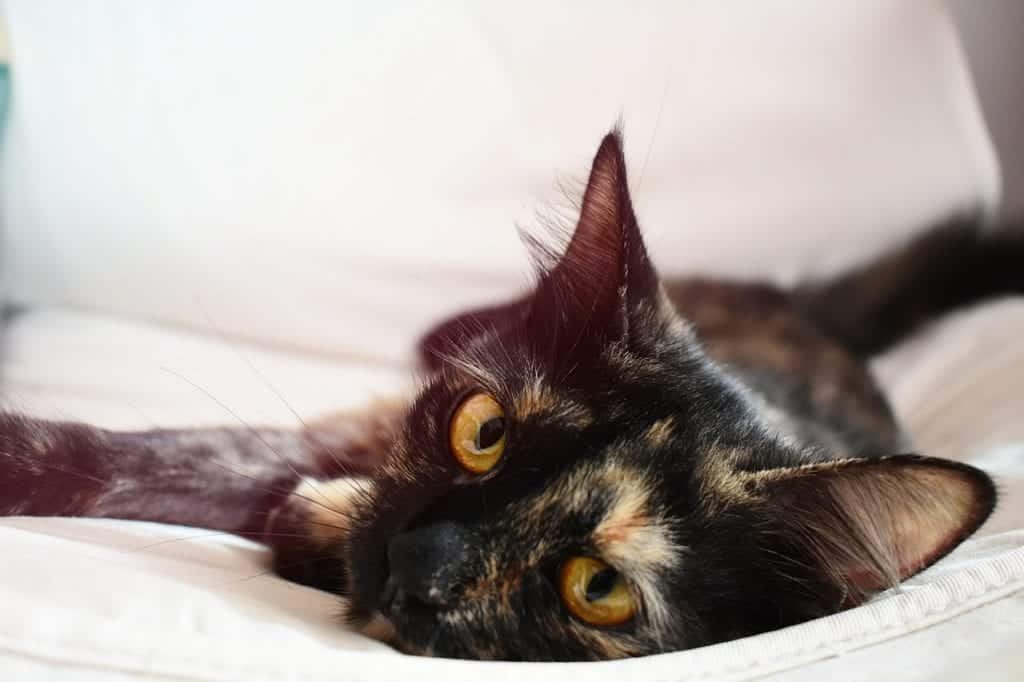






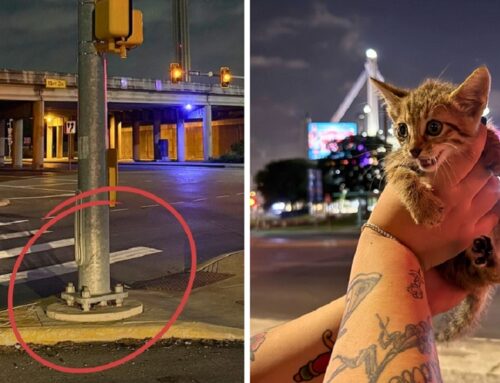
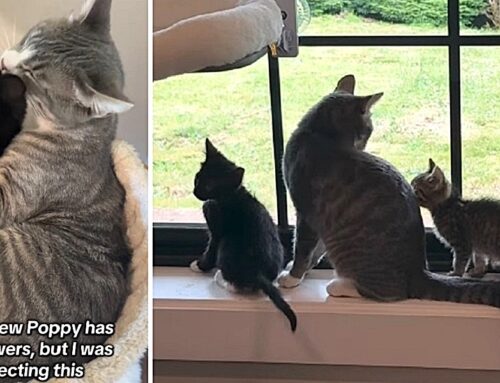




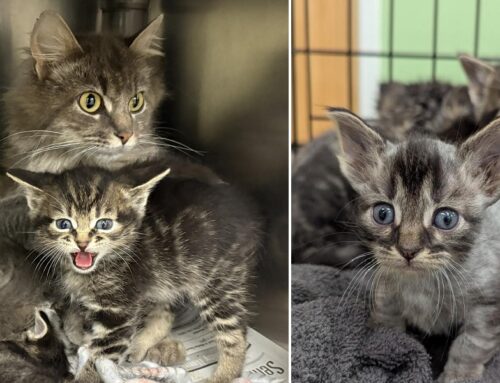
This is why it is so important to know your fur babies! Subtle clues that even the most experienced veterinarian might miss or under estimate in significance, can speak volumes to a pet owner. I love how when Cole was “off,” his humans rushed him to the animal ER. It could have been anything, even adjusting to the move, but they knew their boy wasn’t feeling well. It’s a huge responsibility to care for fur babies, but that look of gratitude in their eyes when they feel better makes a heart soar. Rock on Chris & Jess!
an artist should do a series of sketches of cats faces in pain. So we can be on the lookout.
I tried to “reach out” to Mr. Poole for help when I found some cats and kittens near where we live. Unfortunately he doesn’t rescue cats out of state. Too bad! Luckily they were being fed by this family who lived near this church. The cats are not spayed or neutered or had any shots of any kind. Hope they don’t have more kittens. That would be bad.
There are lots of organizations all over that can help. Best thing is to contact local rescues or search online for groups in your area that may not have physical locations.